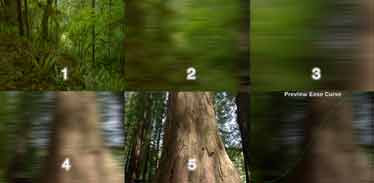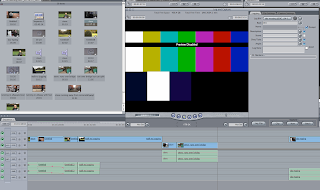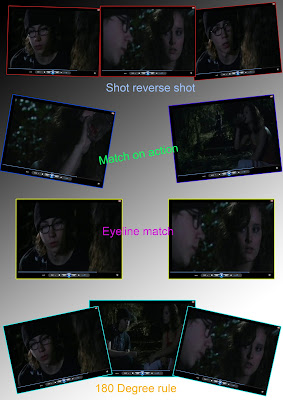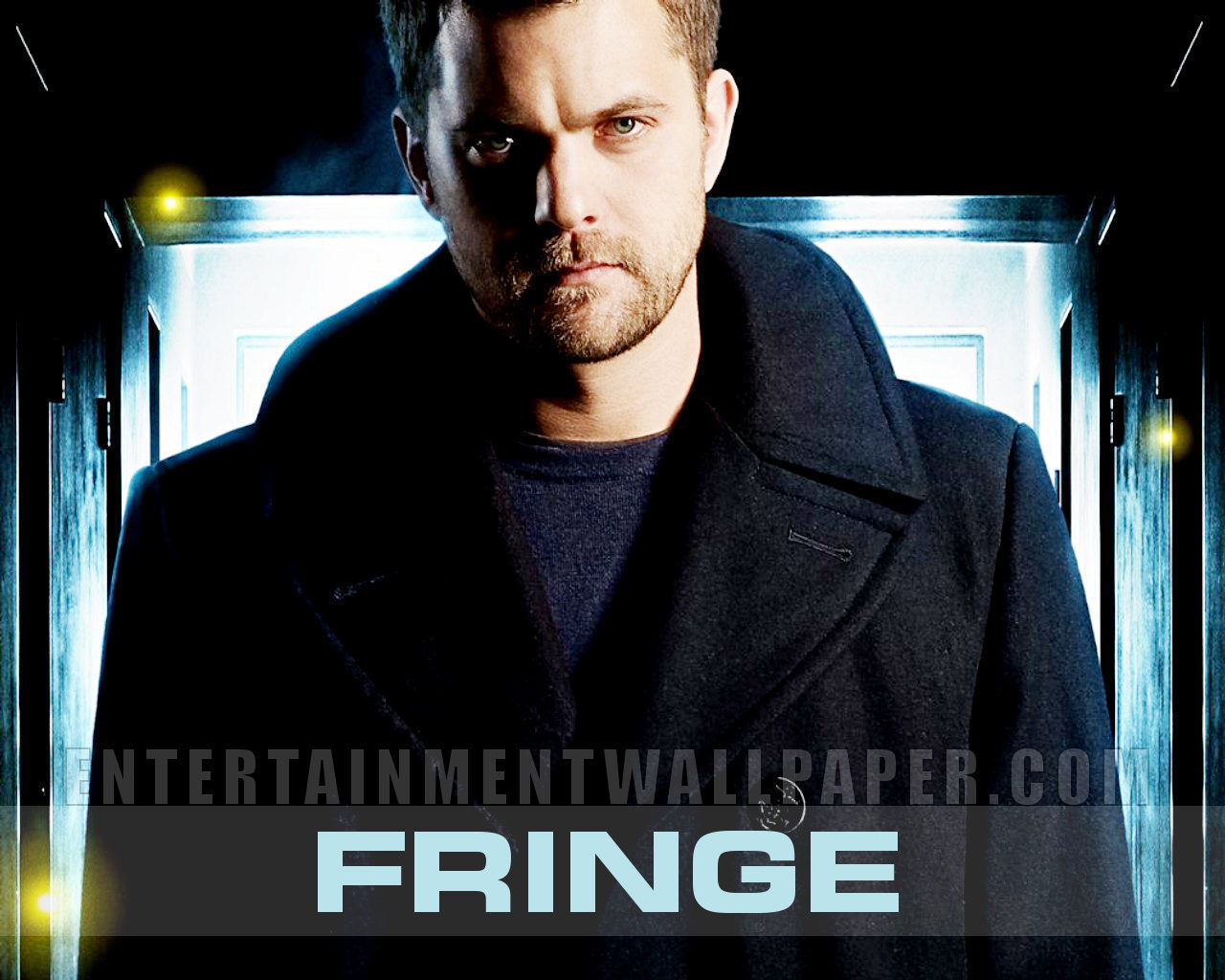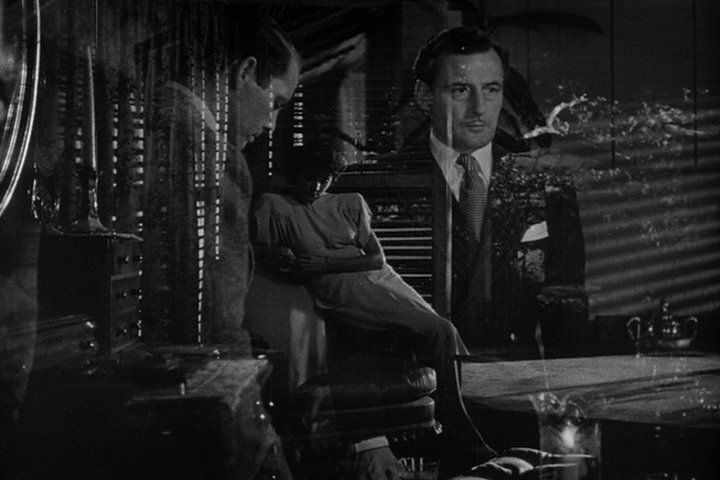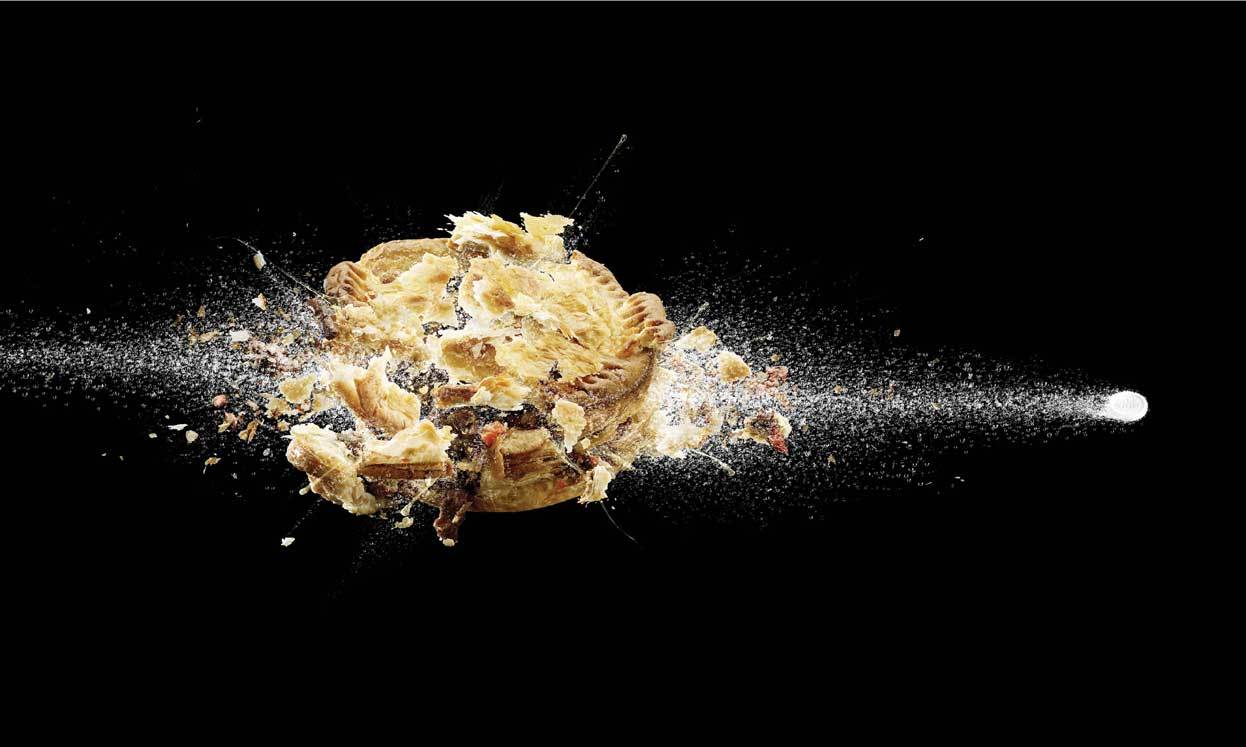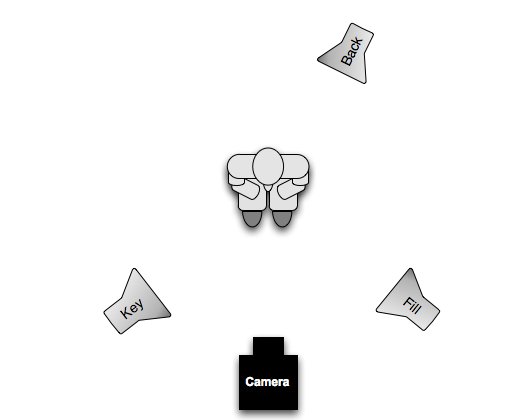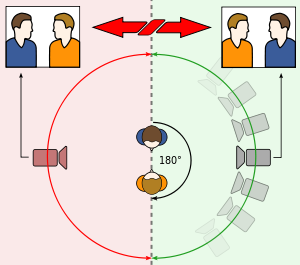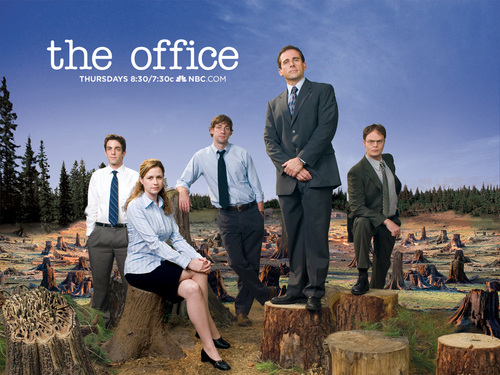A linear narrative structure is a story line that runs from start to end in chronological order including no flashbacks or flash forwards , and is not broken up in anyway, the most popular linear story lines are included in soaps such as hollyoaks.

http://www.youtube.com/watch?v=lgS8xwy5kHY
This is an episode from Hollyoaks, that show that the storyline is pretty linear , as is set in real time.
Non-linear narratives can be made in anyway possible including flashbacks. this type of narrative structure can be effective when making a film, as you may want to reveal the end of the story before you begin to tell the start. A lot of films done by 'Tarantino' are non-linear. A TV series perspective I would consider a show like 'arrow' as non-linear because it includes flashbacks on each episode.
Flashbacks are points in narrative story line were it goes back in time to show something that has happened in the past. There are several ways that the director can enter a flashback.such as bright flash, or zooming right into the eyes or face. the flashbacks usually exit the some way as they entered although this isn't necessary sometimes.
A scene from 'Arrow' season 1 episode 14, this shows the transitions of flashback to real time.
also showing an effect of a flashback by changing the hue colours of the scenes.
Flash-forwards are the opposites of flashbacks; they are used to show the audience a section of the future that is important to the storyline. these are very similar to the flashbacks in a way that they are presented, however flash-fowards are frequently used to open a film/TV. an example an flash.
These scenes show how flash-forward could work, through showing the future first then returning back to the present. unfortunately it was difficult to find a scene from a TV program that displays Future-forward, however i have got a scene from the opening of 'final destination' the film which shows this effectively.
Single stand narrative is a story focused on a single character, like in 'Smallville' is heavily focused on the character 'Tom welling portrays'

Multi-strand is telling a story from more than one person's point of view. or two stories of two different people that intervene.(like the TV series one tree hill 2003-2012).

http://www.youtube.com/watch?v=n-DVkBF3kWw (one tree hill trailer season 4)
This shows a trailer from one tree hill which pretty much shows that the plot is about two brothers.
Realist narratives are story lines that are believable by that audience because they appear real, or are based on a true story that has happened in the past, or a talent show this is used to good effect in shows like 'greys anatomy','ER' or 'The bill'.
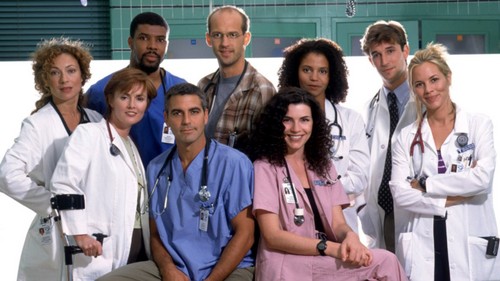
The cast from the show 'ER'
Anti-Realism is a narrative is a narrative that is blatantly not realistically filmed , and used a lot of after effects. providing the movie involves good quality effects and actor's anti-realism can be used to create good films in all different genres by applying suitable effects. 'Battle-star Galactica' is most popular example of an Anti-Realism narrative.
Endings
An Open Narrative structure is usually found in
television series, in particular, ongoing soap operas such as
hollyoaks. In these narratives, the story has no apparent
beginning, middle or end, in terms of the actual events. A familiar device in
open narratives, especially soap operas, is a cliffhanger ending to each
episode, from which the next episode can follow on. As a result, these stories
can last a long time, and the program itself can continue for years.
TV particularly use Open narrative structures, An example of an open TV narrative would be 'LOST' season 1 ending, which leaves the characters in an blurred ending, leaving the audience with questions that can be answered in a season sequel sequel.
TV particularly use Open narrative structures, An example of an open TV narrative would be 'LOST' season 1 ending, which leaves the characters in an blurred ending, leaving the audience with questions that can be answered in a season sequel sequel.
showing an example(on top) of what an open ending can be
A Closed Narrative structure is most commonly found in TV. As mentioned before, TV generally exist as one unique story, and contain a beginning, middle and an ending. A story is unraveled before an audience, and then ultimately brought to a conclusion. A closed narrative in a TV does not necessarily mean no sequels can be made. There can be prequels, set before the chronology of the first TV, or a sequel that can create an all-new story, with the same characters. But strictly speaking, they can still be TV in their own right. Sherlock the TV series is a good example of this.


http://www.youtube.com/watch?v=Nj7ZSUkTTVI (season 1 trailer)
http://www.youtube.com/watch?v=vydmN9pzDzg (season 2 trailer)
Showing an example of the Sherlock box set, indicating that it is a closed narrative on each season but sequels can be made. To tell a new storyline on each season
Show the office

Using this image on top to give you an idea of the characters in the show, also suggesting that its a Multi-strand because it focuses on more than one characters the most.
For example 'the office'
it is Multi-strand because its telling a story from more than one persons point of view, or two stories
of different people that intervene. however episode one focused heavily on a character called 'Michael Scott' portrayed by Steve Carroll.

https://www.youtube.com/watch?v=OcK3qGqeqm8
the link on top shows how its an example of how Multi-strand is done
also showing that it has some elements of the 'realist' movement, because its set in believable places.
Ibelieve its a 'Realist'(some elements) that it is a faithful representation of reality,and shows what happens everyday at the work place. even though its overly dramatic on each scene, it is also a open series because its shown within every week therefore it is a continuation series, because there is a cliff hanger at the end of each episode.
biolography
http://stramsbottom.edublogs.org/narrative-structures/
http://wiki.answers.com/Q/What_is_a_single_strand_narrative
www.google.com/images



